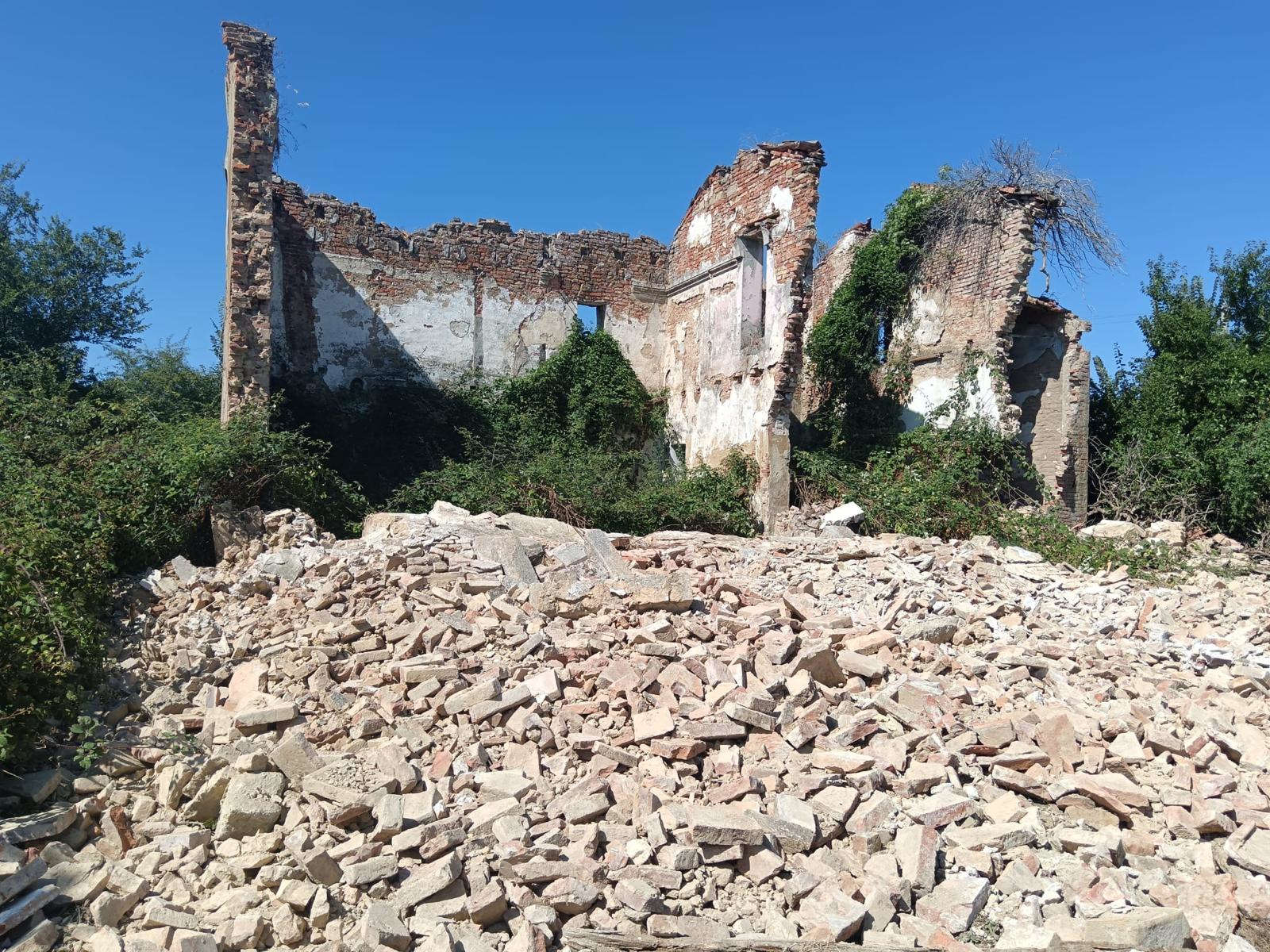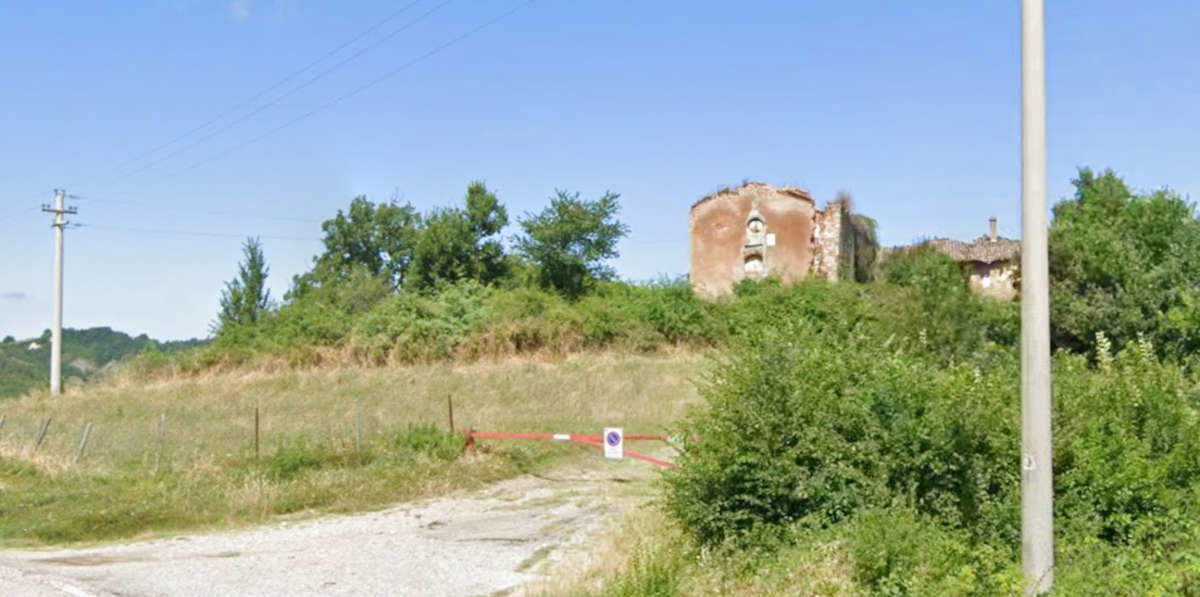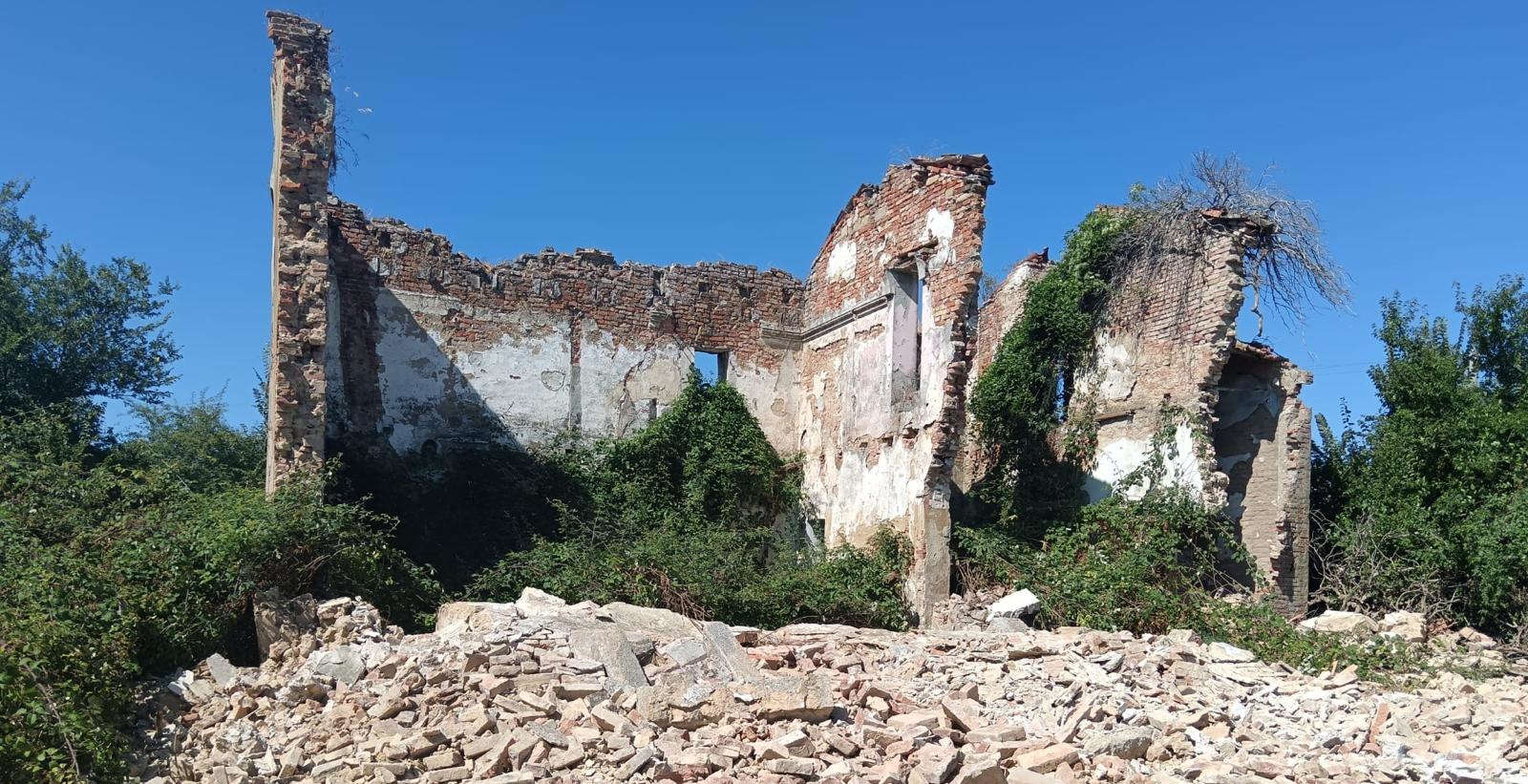In Ozzano dell’Emilia (Bologna), the past few hours have witnessed the partial collapse of the historic Pieve di Pastino, a religious building dating back to the 11th century, located in Settefonti, along Via Tolara di Sopra in the municipal area. The site, which is of great historical significance, is located within an area that falls within the Regional Park for Biodiversity of Eastern Emilia and is on land currently owned by the University of Bologna. Following the structural failure, local authorities have begun monitoring the situation in order to assess any further risks to public safety. Breaking the news of the collapse on Friday morning was the Municipality of Ozzano dell’Emilia itself, which announced the imminent issuance of an official ordinance aimed at ensuring the safety of the area and preventing further damage or accidents. Among the measures already anticipated is the closure of access to “CAI Trail 801 B,” a hiking trail that runs alongside the sacred building and which, as a result of the collapse, is currently unusable. The invitation to the public is not to approach the structure.
The Pieve di Pastino represents a landmark of great importance for the historical memory of the area. The first written record of the building dates back to 1077, in a document in which it is mentioned under the original name of “S. Johannis in Toraciano.” From the year 1100 the building is referred to as the Pieve di San Giovanni Evangelista di Pastino. The name “Pastino,” according to some interpretations, would refer to pre-Christian times and indicate an area designated for grazing, resulting from the presence of a pagan place of worship dedicated to the deity Pan, god of pastoralism. This hypothesis would also find confirmation in the inscription engraved on the ancient baptismal font, now kept in the church of San Pietro in Ozzano.


The historical importance of the site is enhanced by its location along a section of the ancient Via Flaminia Minor, a Roman route that connected the city of Claterna, located in the area today between Ozzano and Castel San Pietro, to the city of Aretium, present-day Arezzo, also crossing the area of present-day Florence. The Pieve’s strategic location made it an important religious center for communities in the area from the first centuries of the second millennium.
Next to the sacred building later arose the Monastery and Convent of Santa Cristina, also part of the local historical heritage. The structure was directed by Abbess Lucia da Settefonti, a religious figure still revered in Bolognese folk tradition. In her honor, the community continues to celebrate an annual festival dedicated to her. The abbess Lucia is attributed by local devotion with the miraculous ability to heal sight, an aspect that further reinforces the symbolic significance of the site for the population.
Architecturally, the Pieve is divided into two levels. On the upper level is the oratory, while the basement level contains a pre-Romanesque crypt, dated to the 9th century. The crypt, built in the style of so-called “subterranean basilicas,” has capitals and other decorative elements dating back to ages before the full development of Romanesque art, testifying to the antiquity of the settlement and the architectural evolution of the building over the centuries.
Throughout its long history, the Pieve di Pastino has played a central role in the ecclesiastical organization of the territory. In fact, it is documented that the building was the matrix church for twenty suffragan parishes. This function allowed it to boast the title of “pieve,” assigned to baptismal churches on which other religious communities depended. This status persisted until 1883, when religious services were finally suppressed.
The collapse of a portion of the structure, for which precise technical details on the nature and extent of the damage have not been provided at the moment, brings attention back to the need for monitoring and protection of historical assets found in rural and hilly areas, which are often exposed to degradation. Pending the technical surveys that will have to ascertain the cause and extent of the subsidence, the ordinance announced by the municipality aims to prevent any risk to people who habitually frequent the area. The episode has raised concern and renewed interest from the local community, which has always been linked to this site that combines religious value, historical testimony and scenic heritage. At the moment, the integrity of the structure remains severely compromised. It will now be up to the institutions to define the modalities of intervention and to evaluate the possibility of restoring, in the future, the accessibility and usability of a place that preserves the deep traces of the millenary history of the Bolognese hill territory.
 |
| Part of the Pieve di Pastino collapses: thousand-year-old site in Ozzano (Bologna) interdicted |
Warning: the translation into English of the original Italian article was created using automatic tools. We undertake to review all articles, but we do not guarantee the total absence of inaccuracies in the translation due to the program. You can find the original by clicking on the ITA button. If you find any mistake,please contact us.